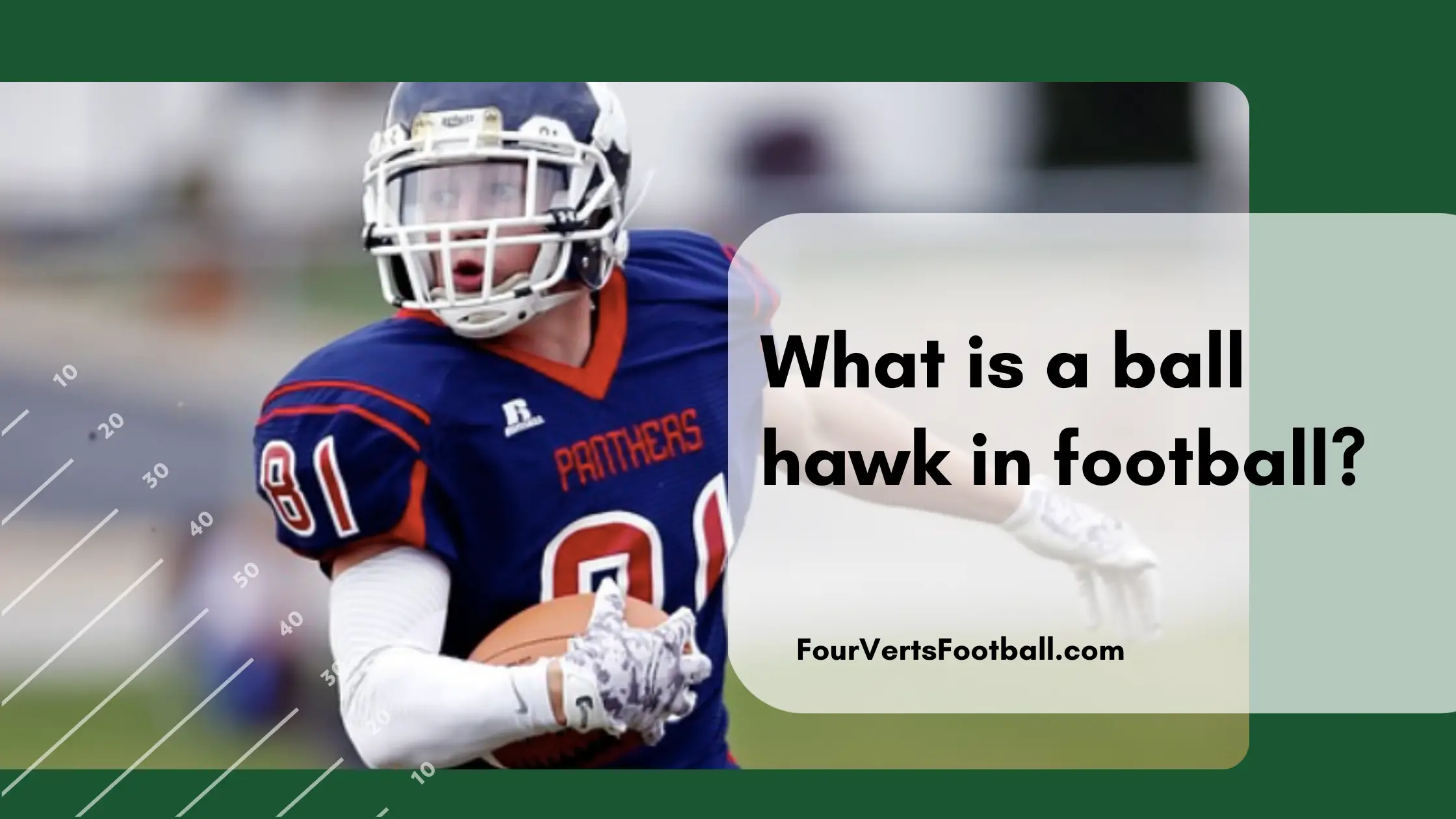A ball hawk in football is a defensive player that has a knack for finding ways to intercept the opposing team’s passes.
Ball hawks will typically accumulate a large number of interceptions throughout a season.
The main reason these players are able to achieve these turnovers is through their instincts and athletic ability.
Players that fit the bill of being a ball hawk have a knack to be in the right place at the right time while also having the athletic ability to consistently get to these locations.
Elite-level ball hawks in the NFL go as far as to bait quarterbacks into making throws with the intention of picking them off before they get to the receiver.
What position do ball hawks tend to play?
There are two main positions that tend to earn the ballhawk moniker. Those two positions are cornerback and free safety.
These two positions are the most active in pass coverage giving them the most opportunities to intercept passes.
Cornerbacks
Cornerbacks line up against wide receivers on the outside of the formation. The primary purpose of a cornerback is to stop forward passes from being completed against the defense.
On any given play there are usually two cornerbacks on the field one lined up near either sideline. On some plays, a team may use three cornerbacks in order to cover the slot receiver as well.
These players line up in the slot and though they play pass coverage they do not tend to generate as many interceptions as cornerbacks that play on the outside of the formation.
These players line up at the line of scrimmage or a few yards back. This close proximity to the line of scrimmage allows them a better opportunity to intercept passes underneath.
Oftentimes cornerbacks will have safety help over the top. This help on deep passes allows them to take risks on short passes.
This sort of playstyle can earn cornerbacks the ballhawk nickname.
Safeties
The safety positions are another position group that can earn the ballhawk nickname. Safeties are broken down into two positions free safeties and strong safeties.
Strong safeties play on the strong side of the formation which is the side of the field that has more players. For this reason, these players tend to be a little more involved in the run defense.
Free safeties on the other hand are usually the players furthest back from the line of scrimmage. Players in this position have the assignment of being the last man back in the defense.
Oftentimes free safeties will help out cornerbacks with over-the-top coverage on deep routes.
If a pass is thrown deep to a wide receiver the free safety is going to have a chance to pick it off. The instincts of these players often allow them to see deep passes coming before the quarterback has thrown it.
This can allow them to put themselves in the proper position to intercept the pass. For these reasons, free safeties are players that are often considered to be the ballhawks of the defense.

